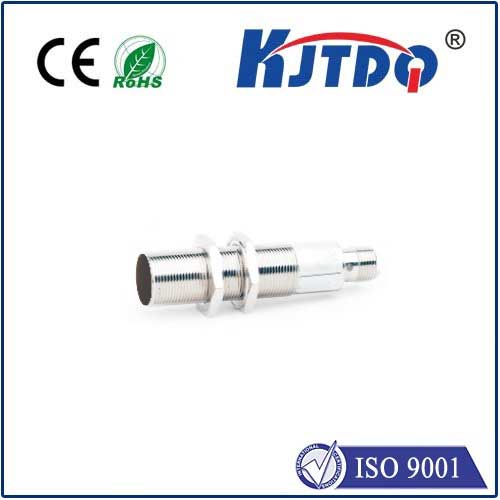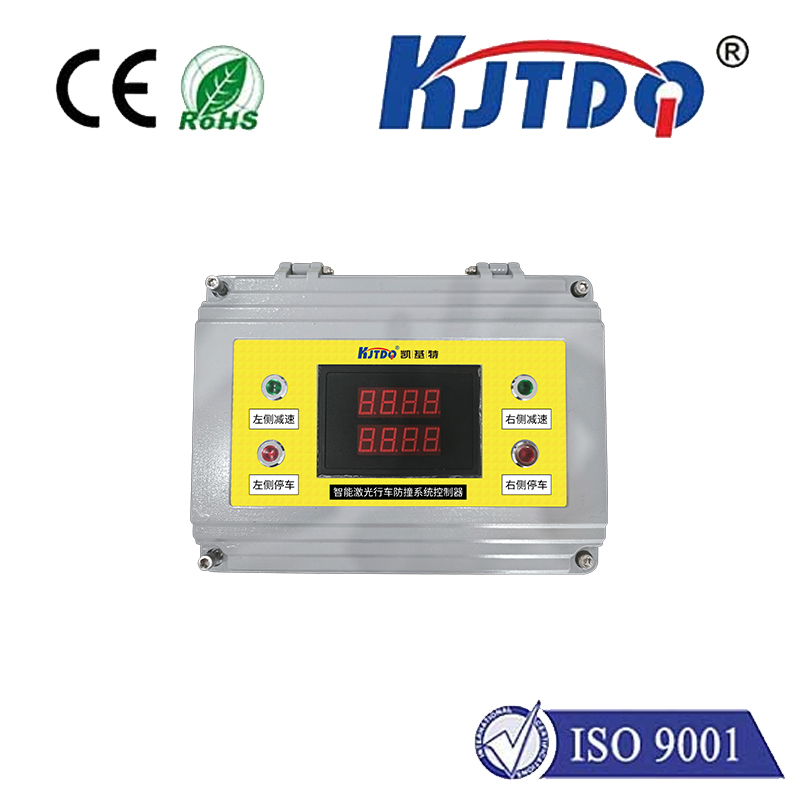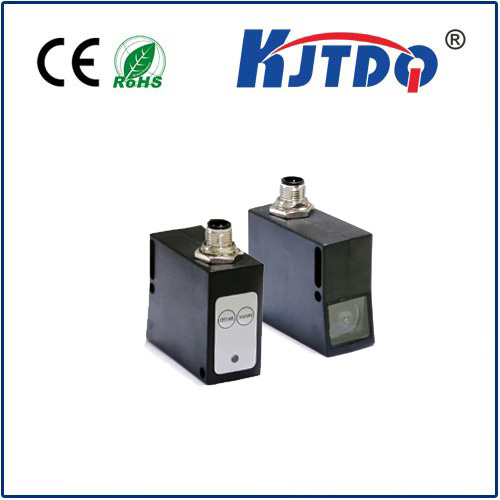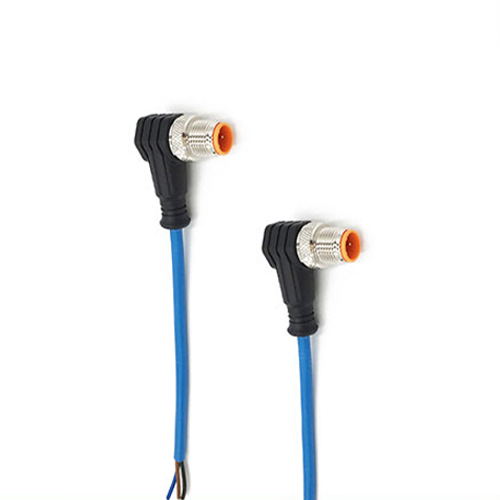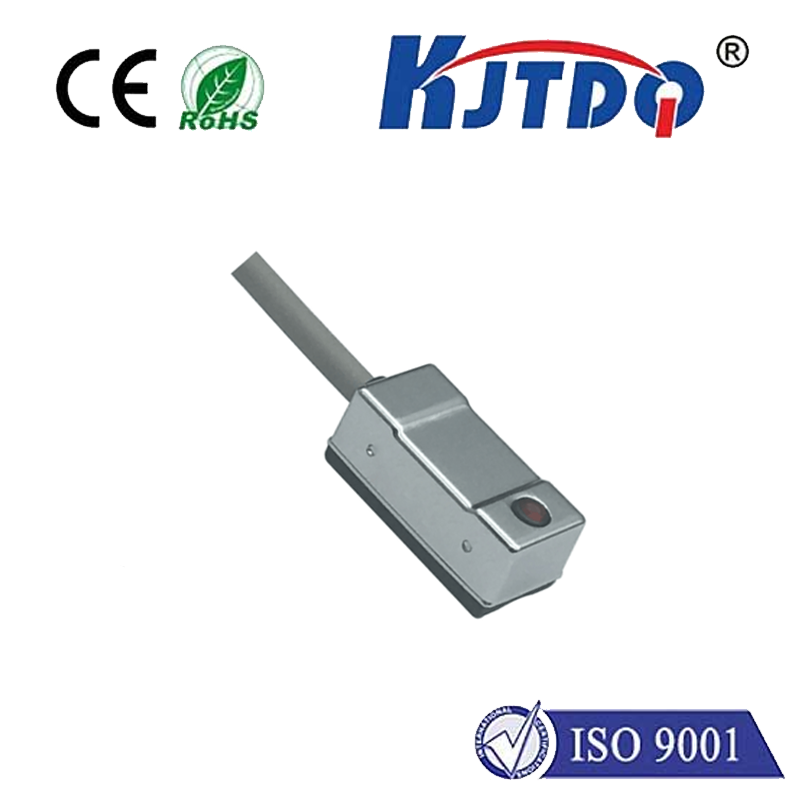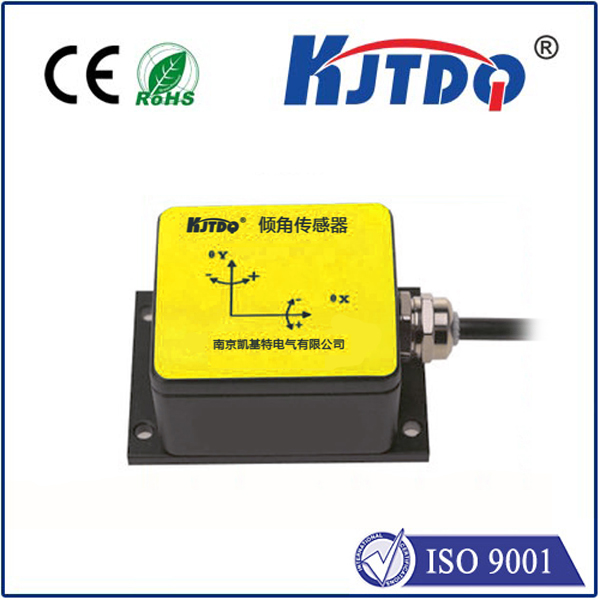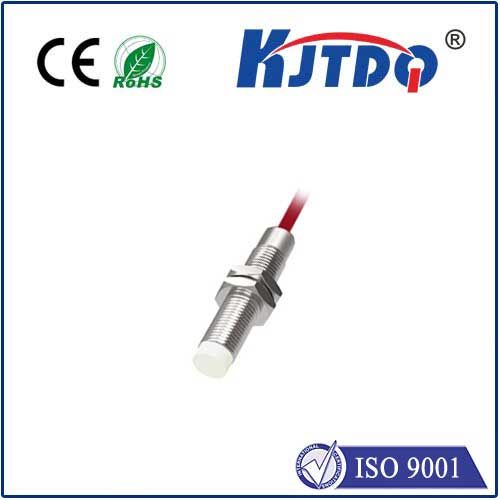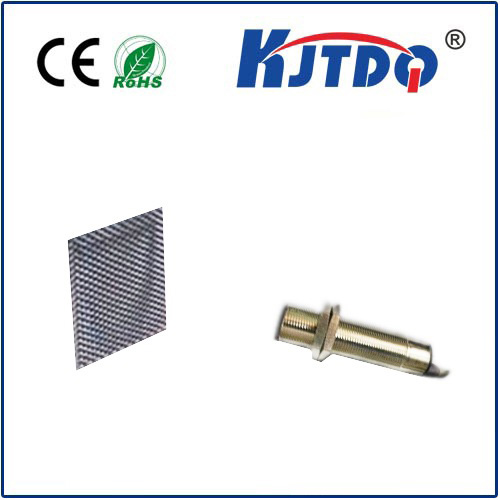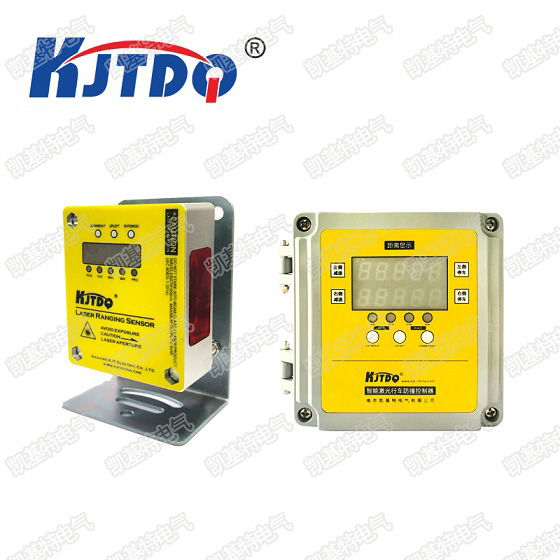

check

check

check

check

check

check

check

check

check

check
Imagine seeing stress patterns dance across a turbine blade in real-time, or pinpointing microscopic weaknesses deep within a semiconductor chip before failure occurs. This level of insight into material behavior and structural health is no longer science fiction, but a reality powered by sophisticated multi beam optical stress sensors. These cutting-edge instruments represent a significant leap beyond traditional stress measurement techniques, offering unprecedented capabilities for non-contact, high-resolution, and dynamic stress analysis.
The Critical Need: Understanding Stress Distribution
Stress, the internal force per unit area within a material under load, is a fundamental determinant of structural integrity. Whether it’s an aircraft wing experiencing flight loads, a bridge supporting traffic, or a silicon wafer undergoing thermal cycling during manufacturing, understanding how stress is distributed is crucial. Excessive or unevenly distributed stress leads to deformation, fatigue cracks, and ultimately catastrophic failure. Traditional methods like strain gauges are often point-specific, require physical contact (potentially altering the measurement), and struggle with complex geometries or dynamic scenarios.
How Multi Beam Optical Stress Sensors Illuminate Hidden Forces
At its core, a multi beam optical stress sensor leverages the fundamental interaction between light and stressed materials. It typically involves projecting multiple, precisely controlled laser beams onto the surface of the test object. Key principles include:

By simultaneously analyzing data from multiple beam positions, the sensor constructs a spatially resolved map of stress or strain across the test area. This non-contact measurement preserves the sample integrity and allows investigation of delicate or moving structures.
Key Advantages Driving Adoption
The multi beam optical stress sensor offers compelling benefits over conventional techniques:
Transforming Industries: Real-World Applications
The versatility of multi beam optical stress sensing makes it invaluable across diverse sectors:
The Future of Stress Analysis
The evolution of multi beam optical stress sensors continues, driven by advancements in laser technology, high-speed cameras, computational power, and machine learning. Future trends point towards even higher resolution and speed, 3D volumetric stress mapping capabilities, enhanced integration into production environments for real-time process control, and sensor miniaturization for more compact and portable systems. As computational algorithms become more sophisticated, extracting deeper insights and predicting failure paths based on real-time stress data will become increasingly feasible.
Conclusion
Multi beam optical stress sensors are not merely incremental improvements but represent a paradigm shift in how we measure and understand mechanical stress. Their ability to provide comprehensive, non-contact, high-fidelity stress mapping unlocks profound capabilities for ensuring safety, optimizing design, enhancing product quality, and accelerating innovation across engineering and scientific disciplines. By visualizing the invisible forces within materials, these powerful tools are fundamentally transforming our ability to predict and prevent failure, paving the way for structures and devices that are safer, more reliable, and performant.
